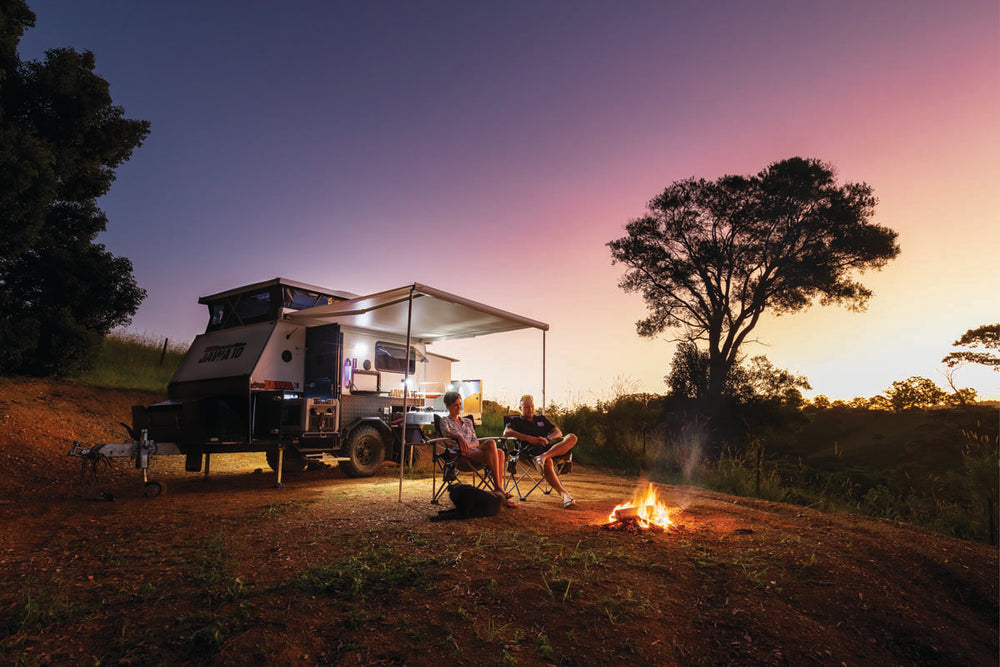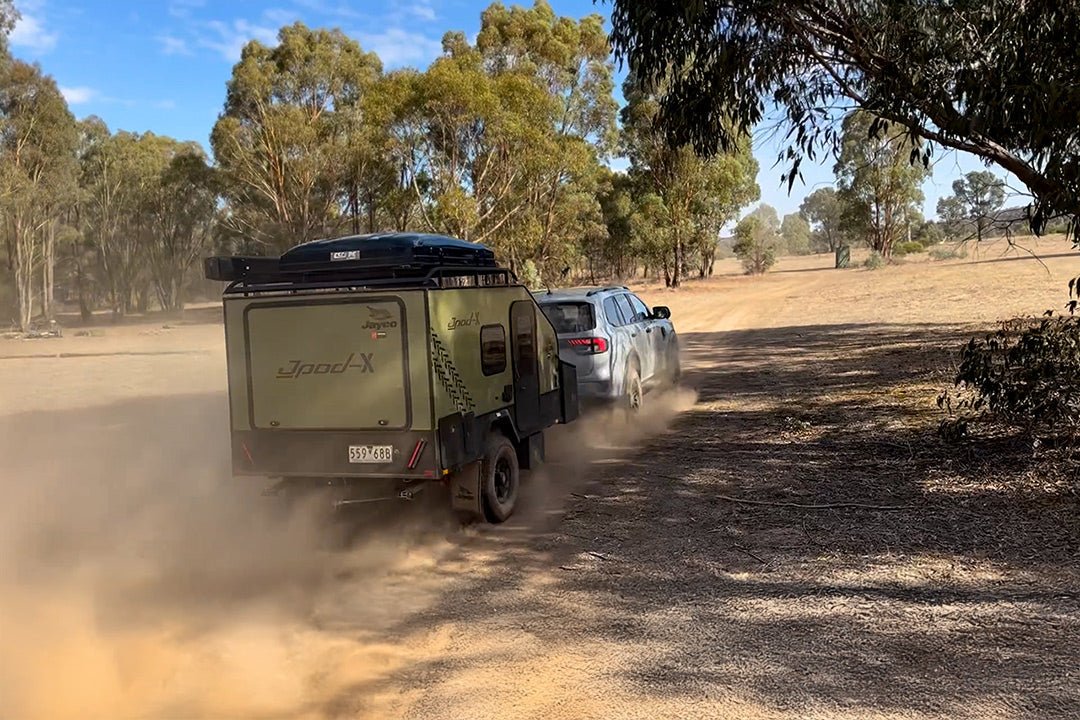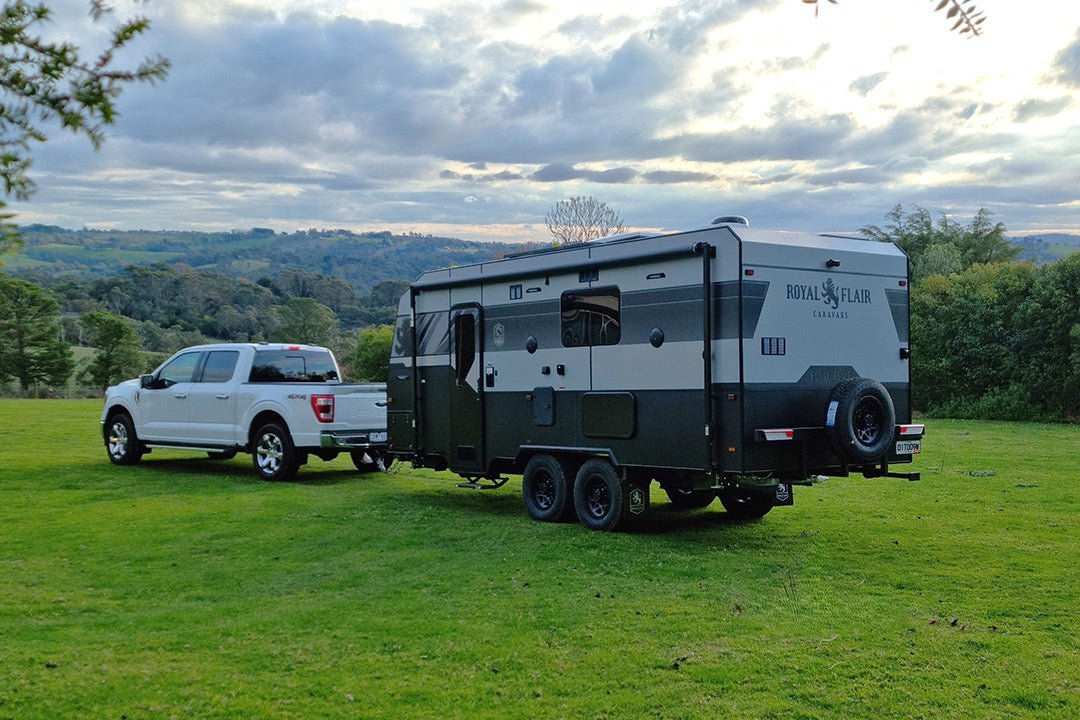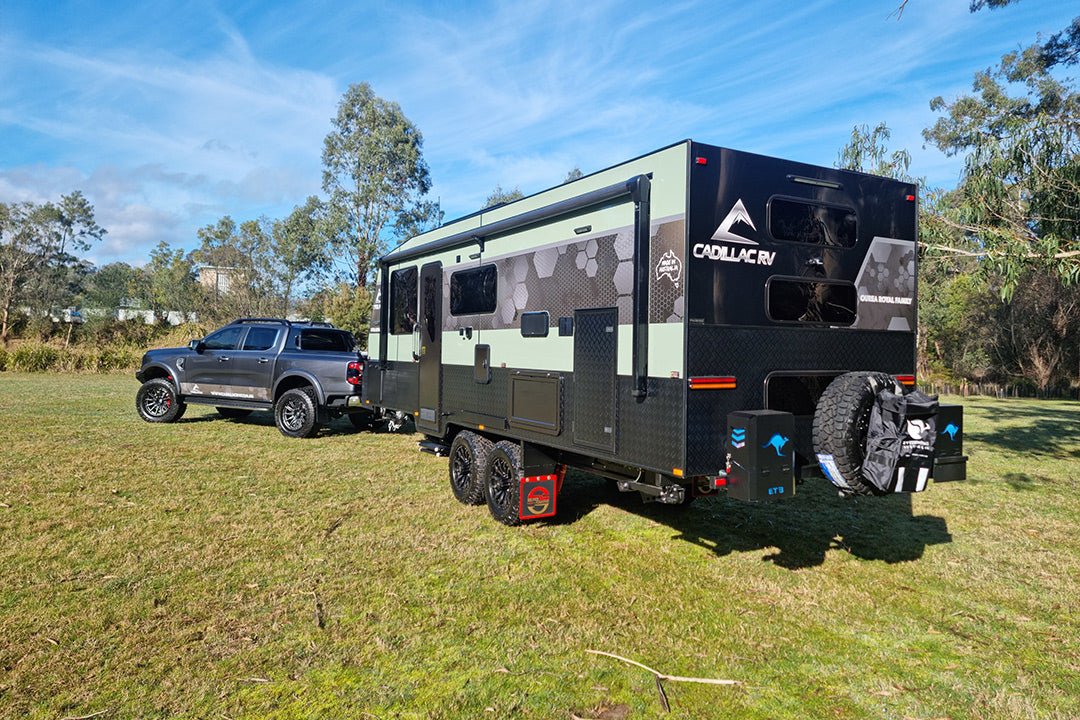Seven Wonders
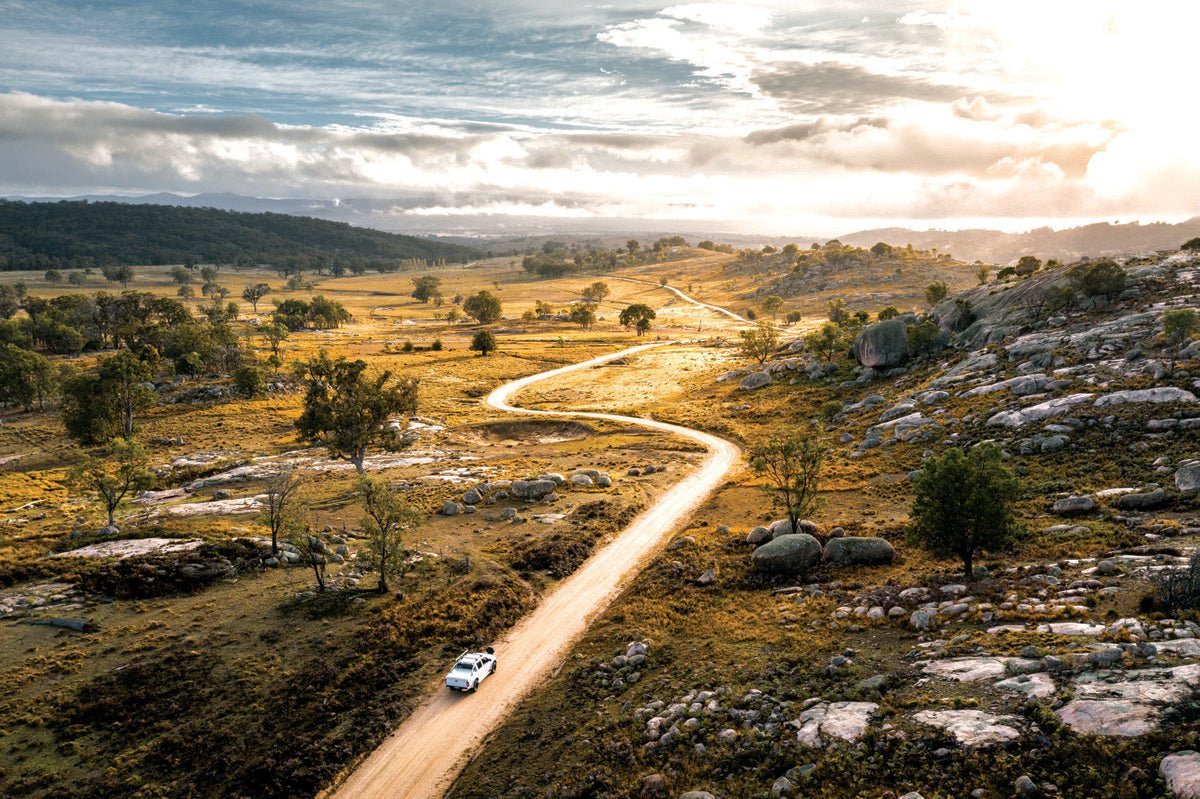
From Walcha in the south to Tenterfield in the north, there is so much to see and do in the New England High Country.
Culture and the arts are ubiquitous in New England with renowned collections of antiquities and Australian art, writers’ workshops, cutting-edge contemporary theatre and stellar music programs everywhere.
Visit places where you can stroll through rainforests, encounter rare wildlife, watch powerful waterfalls, camp in the wilderness, paddle wild rivers, and find endless breathtaking views.
Sport and outdoor activities are an integral part of life in New England. From rugby matches, mountain biking and all sorts of competitive and adventurous pursuits to leisurely games of golf and tennis, there’s something for everyone.
It can be hard to figure out where to start in this area, but the best way to experience it all is a good old-fashioned road trip.
SPOTLIGHT ON ARMIDALE
The capital of New England, Armidale is a cosmopolitan and sophisticated urban centre located in a picturesque setting on the doorstep of some of the most scenic national parks in Australia.
There are four national parks near Armidale — Cathedral Rock National Park, Guy Fawkes River National Park and New England and Oxley Wild Rivers National Parks — with a range of things to do, including walks, climbing giant granite boulders and admiring waterfalls.
Armidale’s New England Regional Art Museum (NERAM) is an enjoyable and inspiring place for visitors of all ages. The museum is the custodian of some 5000 works of art, with the Howard Hinton, Chandler Coventry and NERAM collections including many works from most of Australia’s leading artists.
Music, both classical and contemporary, contributes enormously to the city’s cultural vibrancy. The Old Teachers College is home to the New England Conservatorium and the UNE Department of Music, which nurture the Armidale Symphony Orchestra, Armidale Youth Orchestra, Fiori Musicali and many choral and other musical groups.
For thousands of years the Anaiwan Aboriginal people hunted and gathered around Armidale. In 1818, English explorer John Oxley ascended the ranges on horseback and camped near Apsley Falls. He noted the ‘parkland’ he found in his diary, and the march of European pioneers that followed changed the region forever.
Armidale was of?cially declared a town in 1846. A few years later, the arrival of the railway and discovery of gold at Rocky River and Hillgrove heralded a population and building boom. Valuable minerals and metals were discovered around the region and hundreds of Chinese joined the workforce.
It was a prosperous few decades and Armidale’s heritage architecture re?ects the grand ambitions of those late 19th-century settlers. The Anglican and Catholic cathedrals were among the earliest buildings to grace the centre of town, along with the post office, State bank and courthouse, all still in use today.
Just outside Armidale, the National Trust’s Saumarez Homestead, a 30-room Edwardian mansion, offers an authentic glimpse of 19th century family life. Also out of town is Booloominbah, an 1880’s family homestead designed by noted architect John Horbury Hunt (who also designed the Anglican cathedral).
SPOTLIGHT ON GLEN INNES
In the heart of New England High Country, Glen Innes Highlands is the destination for adventure, rich history, Celtic heritage, gourmet food and boutique shopping experiences.
Glen Innes is home to over 50 heritage buildings, and visitors can use the ‘Heritage Tour’ app to discover the architecture, history and present day information of each building as they explore the streets. The Showgrounds, a beautifully preserved example of 19th century pavilions and grandstands, hosts the annual Glen Innes Show widely known as the ‘Royal of the North’ which includes the two-day Gourmet Fiesta — a celebration of local food and produce.
The community of Glen Innes proudly embrace their Celtic and Scottish heritage participating and celebrating many Celtic experiences and ceremonies throughout the year. The community established the national monument, the Australian Standing Stones, in 1992 to honour Celtic heritage, celebrations and ceremonies. Since then the stones have become a popular attraction and home to the annual Australian Celtic Festival.
The traditional owners, the Ngoorabul people, play an integral role in the community and there are many opportunities to experience their rich culture. Visit the prize winning Gawura Gallery with many exhibitions on display including works by owner Lloyd Hornsby. The Aboriginal Lands Council cares for over 10,000 hectares of Indigenous Protected land at the Willows and Boorabee.
Arts and crafts also thrive in Glen Innes Highlands. Visitors can find crafts that date from the area’s pioneering days — saddlers, blacksmiths and farriers — and a visit to Glen Innes is a chance to watch them at work or learn a new craft.
From cafes to fine dining experiences showcasing local produce, Glenn Innes has much to offer that will delight taste buds. Be sure to enjoy a brew at the Deepwater Brewery & Cellar Door or taste locally made spirits at the Glen Gowrie Distillery. The Glen Innes Visitor Information Centre proudly stocks local produce and handmade pieces from local artists to showcase what’s on offer.
Glen Innes is also home to various festivals held throughout the year which cater to all interests. Some popular ones are: the Minerama Fossicking, Gem and Jewellery Show, a three-day festival in March and the largest of its kind; Chill N Glen, a community food festival; and the Deepwater Races in January which see the population grow from 400 to around 3,000.
SPOTLIGHT ON WALCHA
Settled in the early 1800s, Walcha lays claim to being New England’s first and oldest town, and there’s plenty to do and see all year round.
The 1800s slab Pioneer Cottage and museum complex comprises a variety of historical buildings on the original land grant of 1858 to Constable Buckland including his house built in the 1860s of slabs and a shingle roof.
Walcha’s early history involves the Danggadi people who lived in this region for about 6,000 years in the colder months and retreated in the gorge country to the east, where fish and animals were plentiful. The explorer John Oxley then passed through the area and named the Apsley River after the secretary of state for the colonies.
The first squatter in the district was a Scot, Hamilton Collins Sempill, who made his base beside a good waterhole on the Apsley River. In the 1850s and 1860s the first school and churches were established. Some of the early squatters started purchasing their runs, and selectors struggled on their smallholdings. By 1900 the town had almost 1000 people and the surrounding districts another 1600. In Walcha there were four hotels, four blacksmiths, two flourmills, a tannery and over 30 shops.
Many buildings are impressive in stature, have an interesting story and are worthy of inspection. These include the banks and public buildings such as the Court House and Post Office, all in Derby Street. The three churches all have a history dating back more than a century. The first Catholic Chapel in Walcha was erected in 1854. The first Presbyterian church was built during 1857 and was replaced by the present church on 5 May 1888, while the stone-built Anglican Church was erected in 1862.
At the suggestion of the Walcha Arts Council, Walcha Council adopted the concept of developing Walcha’s Open Air Gallery. It consists of over 50 pieces of art, mostly sculptural. The works are dotted around the town with contributing artists coming from local, national and international origins.
SPOTLIGHT ON URALLA
Known as the foodie capital of the New England High Country, Uralla offers a smorgasbord of delicious experiences, as well as rich gold rush and Indigenous heritage. Visit boutique wineries, and an artisan brewery and distillery or try your luck fossicking for gold and gems at nearby Wooldridge.
This is the country of the Anaiwan People and “Uralla” means ceremonial meeting place. The Aboriginal history of this area dates back at least 50,000 years. Aboriginals are proud participants of a vibrant Indigenous culture of artists, professionals, youth and Elders who welcome those interested to discover their past. Come and view the Aboriginal rock art at Mt Yarrowyck and marvel at the history and culture of the Aniwan.
Remember to put the following on your must-do list (this is by no means exhaustive):
- McCrossin’s Mill Museum — award winning and whimsical as well as very informative
- Dobson’s Distillery is a big player, having won silver and a double gold in San Francisco last year
- New England Brewing an innovative brewer with at least eight of their beers on tap and gourmet treats
- Sunhill Goat Dairy producing beautiful cheese as well as soothing and enriching natural cosmetics and bath products (for blokes, too — great shaving cream)
- Boutique shopping in Uralla township — great creative outlets including Highland Living, Melrose and Anna Sutherland (won gold on her first outing at the Royal Easter Show) as well as the innovative Little Birdy in Hill St.
Uralla is virtually surrounded with astonishing beauty. Wonderful for cycling and motorbike riding as well as casual driving on beautiful country roads, discover the unexpected in the smaller hamlets and localities within Uralla — Kentucky, Kingstown and Invergowrie.
There’s also plenty of accommodation offerings from eclectic to sophisticated B&Bs, motels, pubs, caravan parks and free camping in Uralla, at Mt Yarrowyck and at Bundarra.
SPOTLIGHT ON GUYRA
Guyra is located on the New England Highway at the crossroads between outback and the coast, between Sydney and Brisbane.
There are myriad of things to see and do in Guyra, including trout fishing, birdwatching, and Rotary Park and Playground.
Guyra celebrates the start of the fishing season in October with Troutfest. Many of the rivers and streams benefit from a fish stocking program.
Located on the edge of Guyra, Mother of Ducks Lagoon Nature Reserve offers a special birdwatching experience. The reserve is a rare breeding place for several freshwater wetland bird species and a resting place for numerous migratory birds. Mother of Ducks Lagoon is an RV Friendly venue with overnight stays permissible.
Rotary Park is the ideal stopping place for those travelling through Guyra. The park provides a magnificent playground that is fenced, sheltered, soft fall grounded and suitable for all ages from toddlers through to adults.
Guyra is also steeped in heritage and history. The Anaiwan people have lived in this area also for thousands of years. Several rock art sites depicting animals and tools and axe grinding groove sites where stone axes were sharpened are found in the area. The first recorded European settler in the region was the explorer John Oxley who described the rich pasture lands as, “The finest open country or park imaginable.” The legendary Captain Thunderbolt held up a house at Sandy Creek and a store at Ollera and one of his hideouts, Thunderbolt’s Cave, can be found just off the New England Highway at the top of “The Pinch”.
The advent of the railway in 1884 brought development to the area and on 20 March 1885 the village of Guyra was proclaimed. In the late 1800s and early 1900s, the region boasted an extensive mining industry centred around gold and tin; there was even a diamond mine on the lagoon.
SPOTLIGHT ON TENTERFIELD
Known as the birthplace of Australia, Tenterfield is full of simple, honest treasures waiting to be found.
The streets are lined with heritage-listed buildings from bygone years, which match the inspiring homewares and antiques you’ll find within them.
Stop by the Sir Henry Parkes School of Arts Tenterfield and you’ll find yourself in the original hall where Sir Henry Parkes delivered his famous speech calling for the federation of the colonies.
If walls could talk, these buildings would have a story or two to tell, but none more so than the original Tenterfield Saddler (Est 1870), which has been captured in the lyrics of Peter Allen, “time is a traveller”. The song, released in 1972, is about the musician’s life and a tribute to his grandfather George Woolnough, who worked at the saddlery.
In this historic town in the New England region of NSW, learn about nation-building history, enjoy elegant wineries and explore superb wilderness nearby. The fascinating Tenterfield Railway Museum is in the 1886-built Tenterfield Station. After exploring the town, visit cool-climate wineries such as Zappa Wines, Reedy Creek Estate or Splitters Swamp Vineyards.
But it’s the geographical surroundings that really arouse the appreciation for this humble town and give visitors the chance to ground themselves with nature.
National parks and state forests encase this town with lush green forests, woodland canopies, cascading waterfalls and enticing swimming holes, all just waiting to be explored. From calming, creek-side walks in the centre of town, to exploration of the scenic rugged landscapes of the surrounding national parks, activities range from slow ambles to adrenaline inducing ones.
Bushwalkers will be rewarded with breath-taking views of the fascinating landscape, including panoramic views from lookouts scattered around, as well as unique granite formations, which can be seen along the scenic drive to Mount Mackenzie.
SPOTLIGHT ON INVERELL
Dubbed the “Sapphire City”, Inverell is nestled in a picturesque valley beside the Macintyre River of NSW. This New England regional town is renowned for its proud pioneering history, its beautiful restored buildings, and the production of many fine gemstones.
From local attractions to national events, Inverell has plenty to captivate the creatively inclined and the culturally minded. Lose yourself among the art gallery exhibitions, meander along the mosaic footpath, or head to New England Woodturning, where you can see a master woodturner at work.
With a mouth-watering array of bakeries, cafes, clubs, restaurants, and takeaways to choose from, Inverell has a selection of food and beverages for everyone to enjoy. Test your tastebuds with some different cuisines, relax and unwind in our cosy coffee shops, or enjoy a night out at one of the authentic hotels.
Three times the size of Sydney Harbour and home to a diverse range of wildlife, the Copeton Dam is a fisherman’s paradise. The dam is flush with yellow belly and is one of the only waterways in NSW that has no closed season on the massive Murray Cod.
Inverell is most famous for the incredible deep blue variety of the sapphire. Fossickers can avail themselves of a number of free fossicking areas, or if you prefer, you can visit Billabong Blue Fossicking Park where the staff will provide you with all the equipment and tuition to give you a great chance of finding one of these beautiful stones.
Australia’s toughest one day cycle race, the Grafton to Inverell Cycle Classic is held annually in May. This gruelling 22km ride will celebrate its 60th anniversary in 2020.




